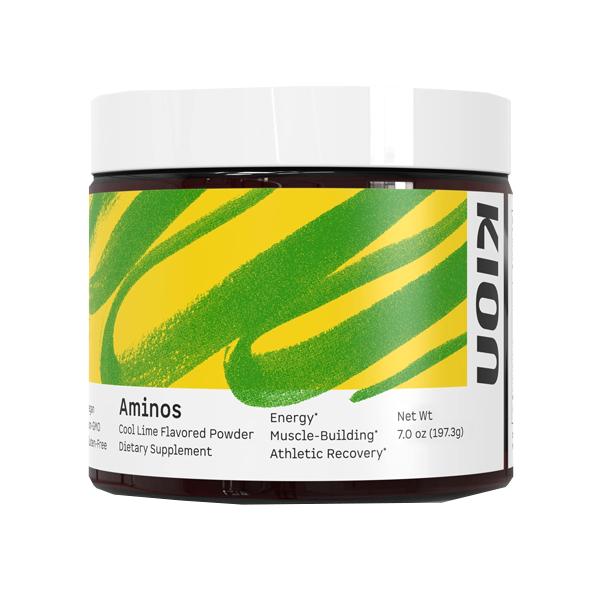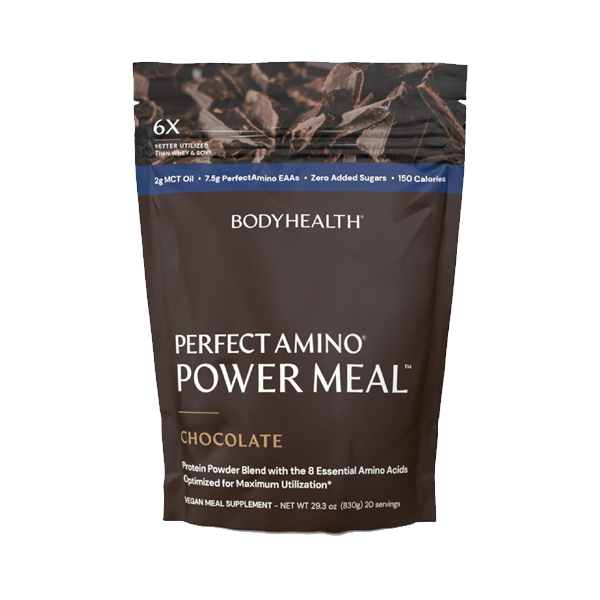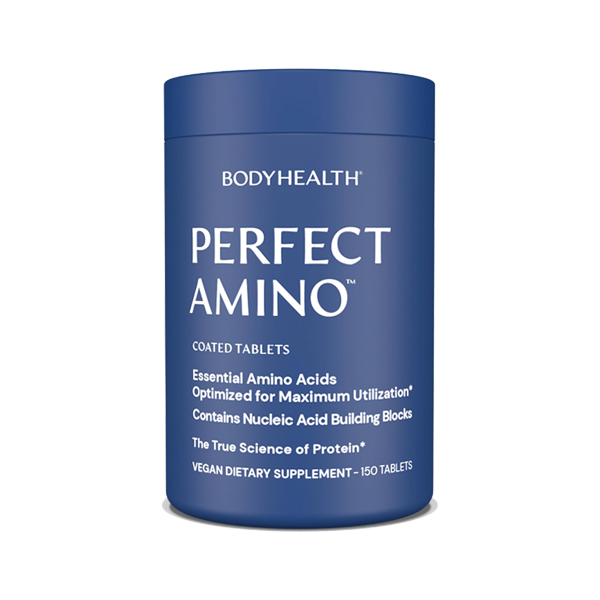You can’t scroll through social media or browse health and wellness articles these days without the topic of protein dominating the conversation. From protein powders to high-protein snacks, it feels like everyone is talking about upping their intake. But has protein become the new “it” nutrient, and is more always better?
As someone who prioritizes a balanced and sustainable approach to health and fitness, I’ve definitely noticed this surge in protein enthusiasm. While protein is undeniably crucial for so many bodily functions, including muscle repair, satiety, anti-aging and overall well-being, it’s important to navigate this “protein craze” with a discerning eye. We want to ensure we’re meeting our needs effectively without overdoing it or sacrificing other vital nutrients from fruits, vegetables, and healthy fats.
So, why the sudden obsession with protein? Let’s explore the reasons behind this phenomenon.
Why the Protein Obsession?
The rise in protein popularity isn’t without merit. Several factors contribute to its current star status:
- Muscle Building and Repair: Protein is the fundamental building block of muscle tissue. For those focused on fitness and strength training, adequate protein intake is essential for muscle growth and repair after workouts.
- Satiety and Weight Management: Protein is known for its satiating effect. It helps you feel fuller for longer, which can be beneficial for managing appetite and supporting weight goals.
- Metabolic Boost: Protein has a higher thermic effect of food (TEF) compared to carbohydrates and fats. This means your body burns more calories digesting protein, contributing slightly to overall calorie expenditure.
- Blood Sugar Regulation: Protein can help stabilize blood sugar levels when consumed with carbohydrates, preventing energy crashes.
- General Health and Wellness: Beyond muscle, protein plays a vital role in numerous bodily processes, including immune function, hormone production, anti-aging and enzyme synthesis.
The Double-Edged Sword: Pros and Cons of High Protein Intake
While protein offers significant benefits, consuming excessive amounts can have potential drawbacks:
Pros:
- Supports muscle growth and repair.
- Increases satiety, aiding in appetite control.
- Contributes to a slight metabolic boost.
- Helps stabilize blood sugar levels.
- Essential for various bodily functions.
Cons of Excessive Intake:
- Potential Strain on Kidneys: In individuals with pre-existing kidney issues, very high protein intake can put extra stress on the kidneys.
- Displacement of Other Nutrients: Focusing too heavily on protein can lead to a lower intake of fiber, vitamins, and minerals found in fruits, vegetables, and whole grains.
- Digestive Issues: Some people may experience digestive discomfort, such as bloating or constipation, with very high protein diets.
- Not Necessarily More Muscle Gain: Once your body’s protein needs are met, consuming more doesn’t automatically translate to significantly more muscle growth. Excess protein is often stored as fat.
- Calorie Overload: Many high-protein foods also contain fats and calories. If you’re not mindful, increasing protein intake significantly could lead to an overall increase in calorie consumption.
Recognizing the Need: Symptoms of Protein Deficiency and Age-Related Increase
While many are focused on getting more protein, it’s also crucial to recognize the signs of not getting enough. Protein deficiency can manifest in various ways:
- Muscle Weakness and Fatigue: Protein is essential for maintaining muscle mass and energy levels.
- Slow Wound Healing: Protein plays a key role in tissue repair.
- Hair Loss and Brittle Nails: These are composed of protein.
- Weakened Immune Function: Protein is needed to produce antibodies.
- Fluid Retention (Edema): In severe cases, low protein can affect fluid balance.
Interestingly, our protein needs actually tend to increase as we age. This is because older adults often experience a decrease in muscle mass (sarcopenia) and may have reduced efficiency in protein utilization. Therefore, ensuring adequate protein intake becomes even more important for maintaining strength, mobility, and overall health as we get older.
The Smart Solution: Leveraging Amino Acids
So, how do we navigate this? How can we ensure we’re getting enough protein, especially as we age or when our activity levels increase, without drastically increasing our overall calorie intake and potentially sacrificing nutrient-dense foods like fruits and vegetables? My secret weapon: amino acid supplementation.
Amino acids are the building blocks of protein. When you consume protein, your body breaks it down into individual amino acids, which are then used for various functions. Essential amino acids are those that your body cannot produce on its own and must be obtained through diet.
By supplementing with essential amino acids, you can provide your body with the necessary building blocks for muscle repair and other protein-dependent processes without the added calories that come with whole protein sources. This allows you to prioritize filling your plate with colorful fruits and vegetables, which are packed with vitamins, minerals, and fiber – all crucial for optimal health.
Think of it this way: instead of solely relying on a large steak for a significant protein boost (and the accompanying calories and fat), you can strategically use essential amino acids to supplement your intake, ensuring your body has what it needs while still enjoying a lighter, more plant-forward meal.
My Approach
I personally incorporate essential amino acids into my daily routine, especially after workouts or on days when I know I might not be getting enough protein through whole foods alone. This allows me to:
- Prioritize Whole Food Protein Sources: Lean meats, poultry, fish, eggs, dairy, legumes, and tofu should still form the foundation of your protein intake.
- Strategically Use Amino Acids: Consider essential amino acid supplements as a calorie-free way to boost your intake, especially post-workout or to complement meals with lower protein content.
- Listen to Your Body: Pay attention to how you feel and adjust your protein intake based on your activity level, age, and individual needs.
- Don’t Neglect Other Macronutrients: Carbohydrates and healthy fats are also essential for energy, hormone production, and overall health. Aim for a balanced intake of all three.
- Focus on Nutrient Density: Prioritize whole, unprocessed foods, including plenty of fruits and vegetables, to ensure you’re getting a wide range of vitamins and minerals.
I find that this approach provides the best of both worlds: the benefits of adequate protein intake without the caloric baggage that can sometimes come with it. It’s a way to be smart and strategic about fueling my body.
The protein craze highlights the importance of this vital nutrient, but it’s crucial to approach it with a balanced perspective. You can effectively boost your protein intake to support your health and fitness goals without solely relying on high-calorie protein sources. By understanding your body’s needs and strategically incorporating tools like essential amino acid supplementation, you can navigate the protein landscape intelligently, prioritize nutrient-dense foods, and fuel your body for long-term well-being. It’s about being smart, not just about eating more.







